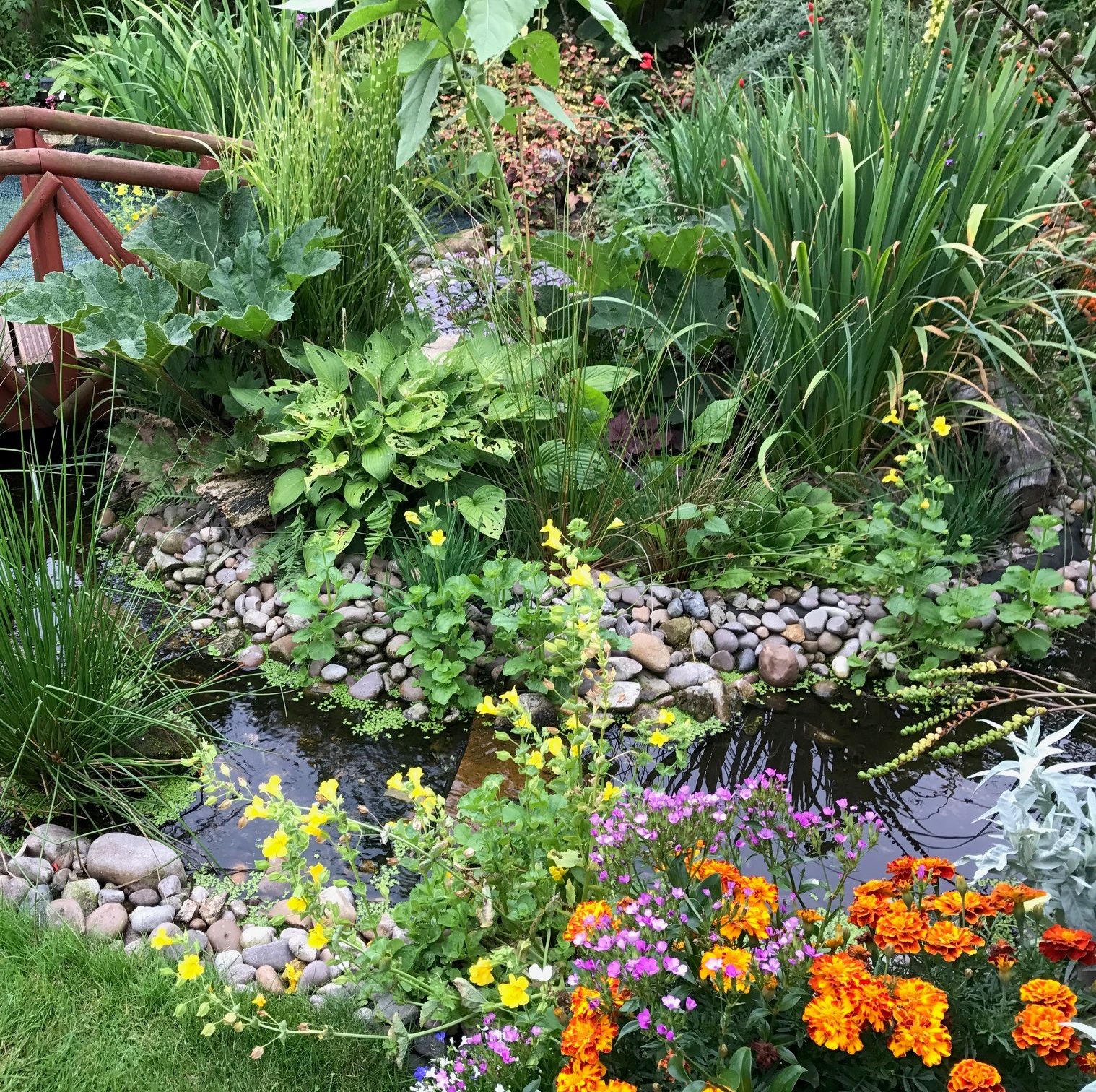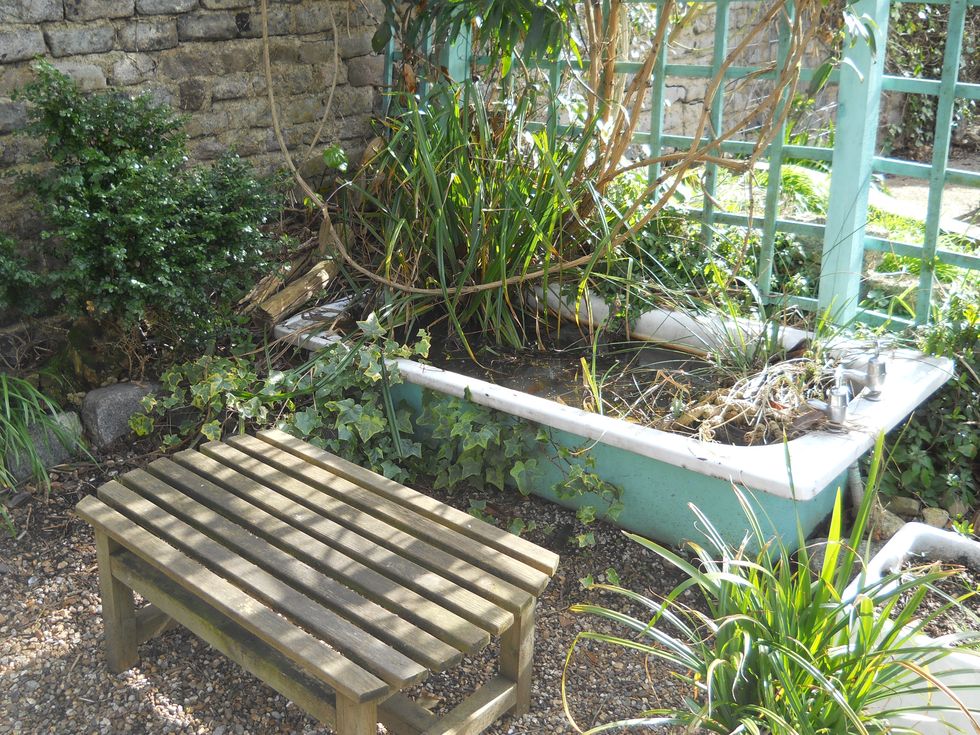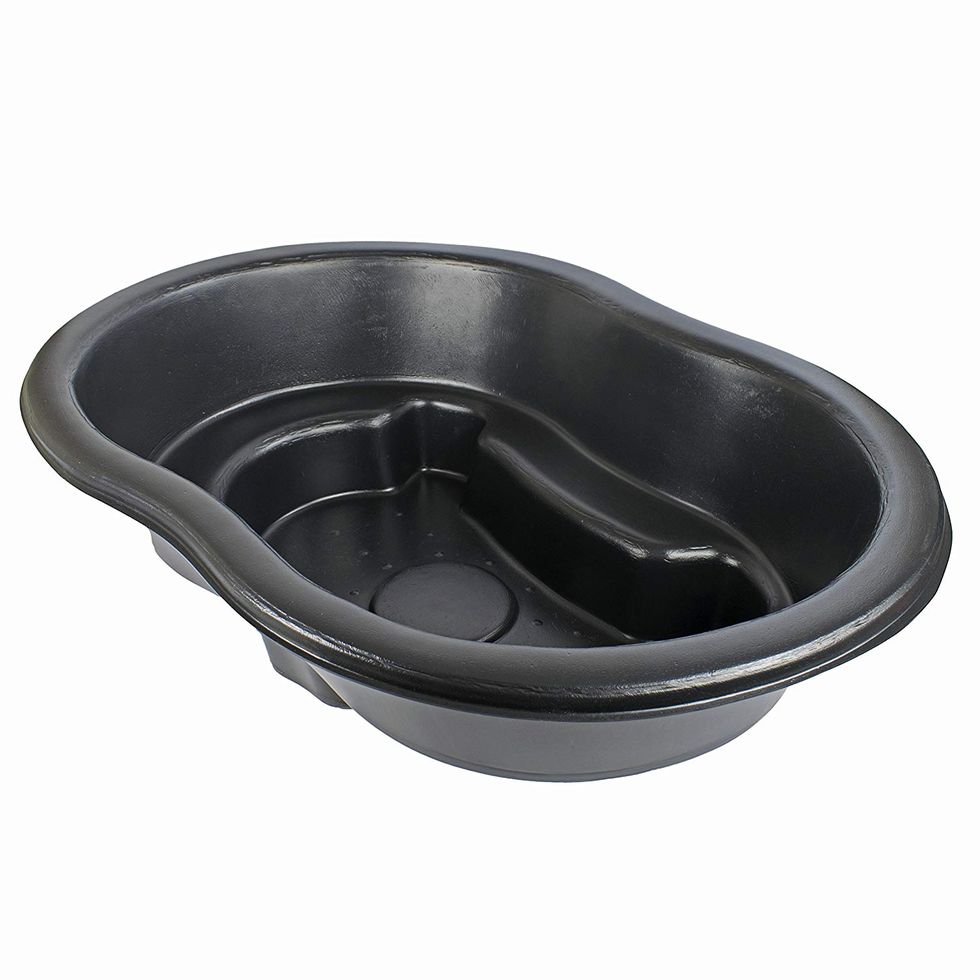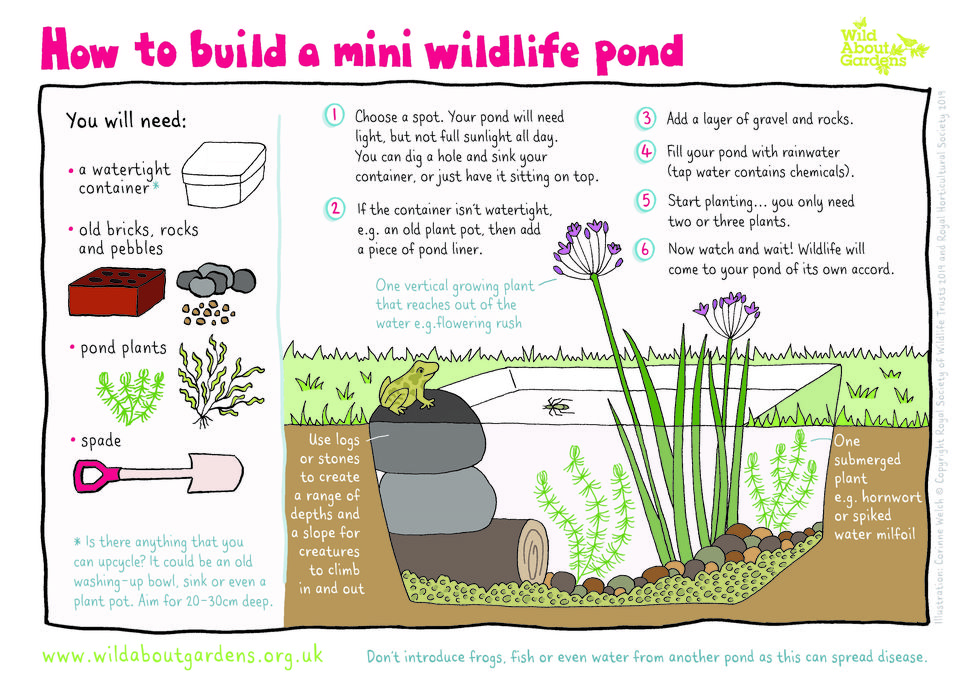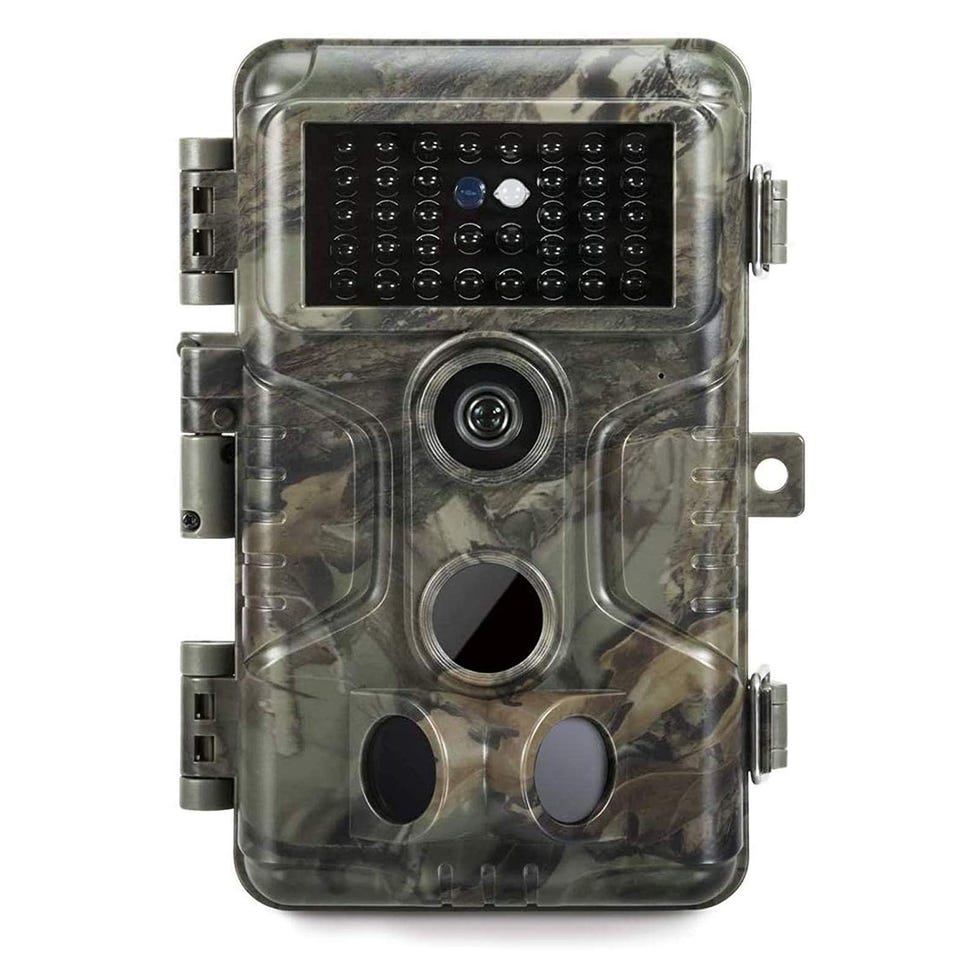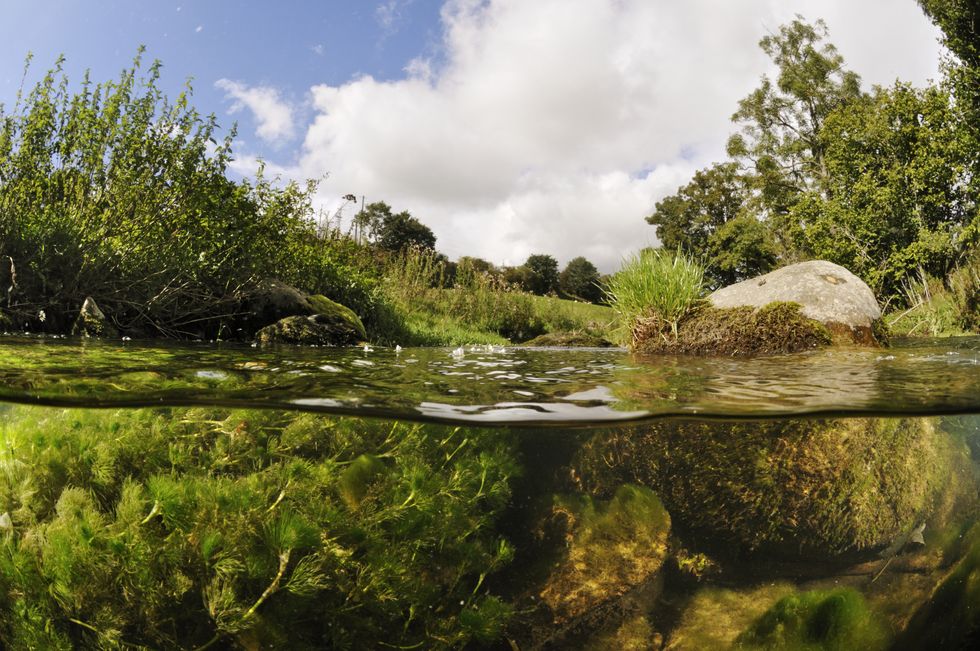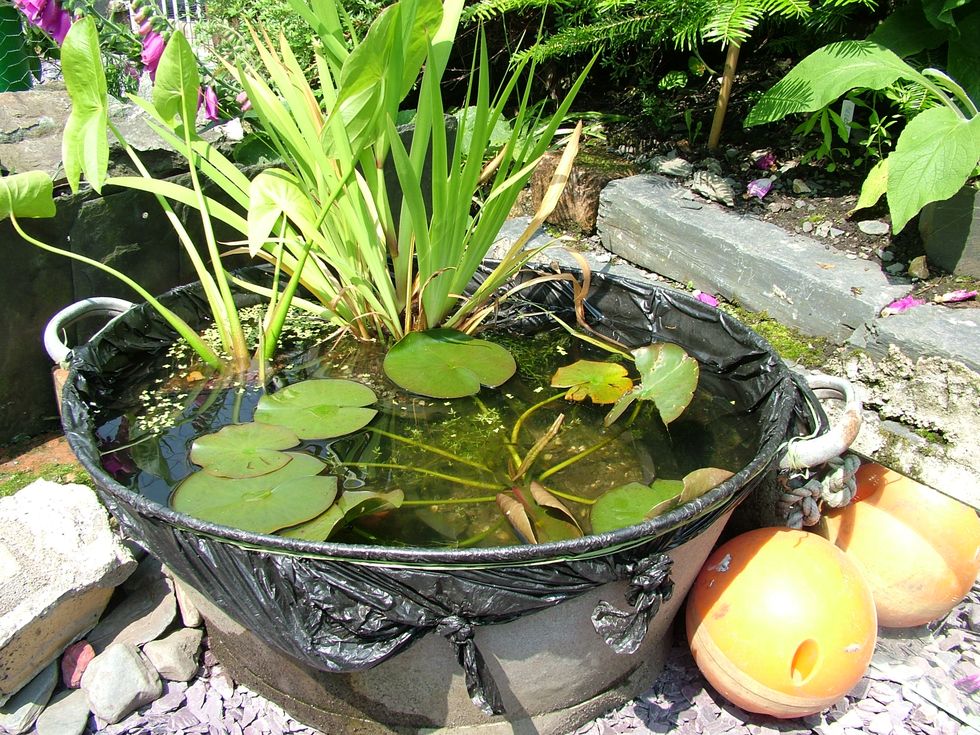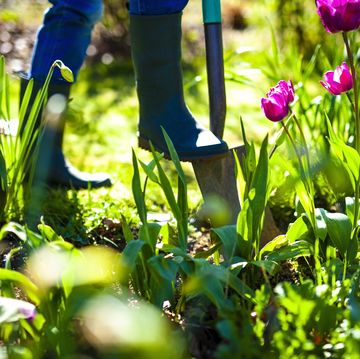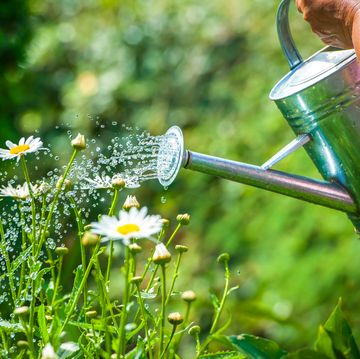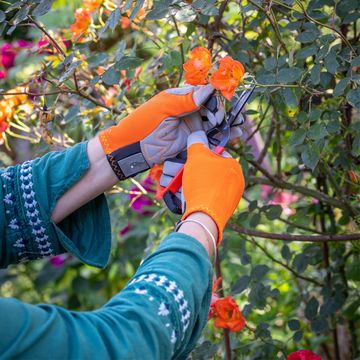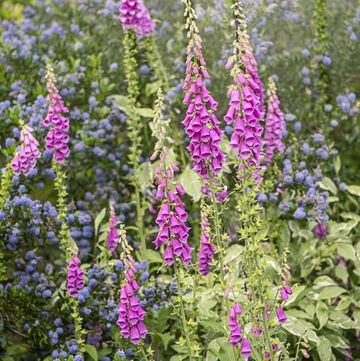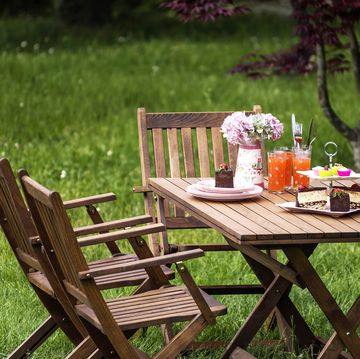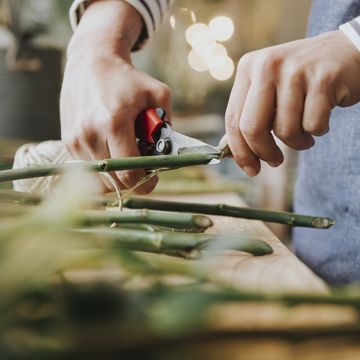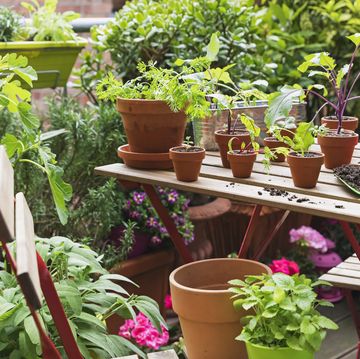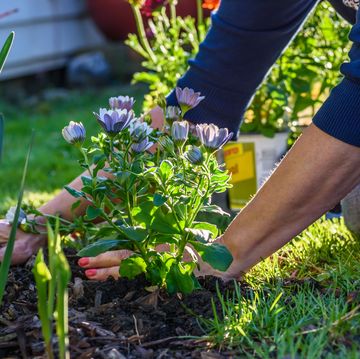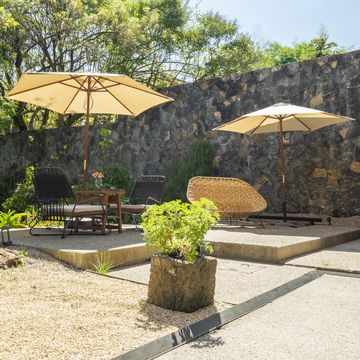Garden ponds help to create a safe place for wildlife to live, but how can you build one in your own garden?
Even if you don't have the space for a large pond, smaller mini container ponds made from old washing up bowls or ceramic sinks can equally play host to a huge amount of amazing wildlife. Small amounts of water can attract a wealth of species, so a damp ditch or 'rill' can also be an easy way to create a place for animals to enjoy.
"Building a pond in your garden is a brilliant way of bringing a whole other group of plants and animals into your garden. A healthy pond will quickly fill with invertebrates like water boatmen, pond snails and dragonfly larvae, as well as frogs and newts," tells Emma Tuckey, London Wildlife Trust, Nature Reserve Manager to Country Living.
"Ponds are beautiful to watch come to life in the spring and will keep your garden birds and mammals happy throughout the dry summer," continues Emma.
We earn a commission for products purchased through some links in this article.
Things to consider before you start
- You can build a pond anytime during the year, but if you're looking to dig a larger one, try doing it in the autumn when the ground isn't too wet or hard.
- You can even build a pond on a patio or balcony, so don't worry too much about space if you don't have a large garden.
- If you're going to keep fish such as Koi or goldfish you might want to think about including a waterfall feature.
- Think about what pond plants you can use. Lily Pads, for example, will give fish the chance to hide from predators. They will do best in depths of 18”-30”.
What are the benefits of having a garden pond?
"Water, whether still or running, adds another dimension to a garden, bringing a reflection of light and a sense of tranquility, and it will very quickly attract all sorts of wildlife, from newts and frogs to birds and damselflies," explains Country Living's Garden Editor Paula McWaters.
"Go for the biggest size you have space for – ponds always look smaller once they are planted up and remember to leave a shallow “beach” area or a ramp from a contained pond, to allow wildlife to come and go," continues Paula.
What are the best plants or flowers to border a pond?
"Umbrella plant (Darmera peltata) is a perfect waterside plant with clusters of star-shaped pink or white flowers, followed by umbrella-like leaves on long stems. There’s also a sweet miniature bulrush (actually a reed mace) called Typha minima, ideal for small ponds, which has slender, grass-like stems and lollipop-like brown pokers in summer," suggests Paula.
10 tips from the RHS to create your own garden pond
1. Don’t think you have enough space? Think again. Why not create a container pond.
2. Be creative. You can make a mini container pond from anything from an old washing-up bowl to a sunk-in bucket or basin.
3. Fill up your pond with rainwater. Tap water can contain unhelpful chemicals.
4. Think native. Plants are an important part of any pond and using native plants helps local wildlife thrive.
5. Don’t transfer species such as plants and frogspawn from one pond to the next. This can spread disease.
6. Make sure wildlife can get in and out. Add a ramp and build up the bottom of your pond with rocks and stones so that hedgehogs and other animals don’t get stuck.
7. You don’t need fish. Fish can pollute the water and eat other plants and animals so it’s best not to add them in.
8. In the summer, cut back any vigorous plants and remove duckweed.
9. Carry out any maintenance work, such as removing silt, in the autumn when the pond is less active.
10. Plant up the areas around your pond. This will create cover for all sorts of animals like frogs, birds and hedgehogs.
